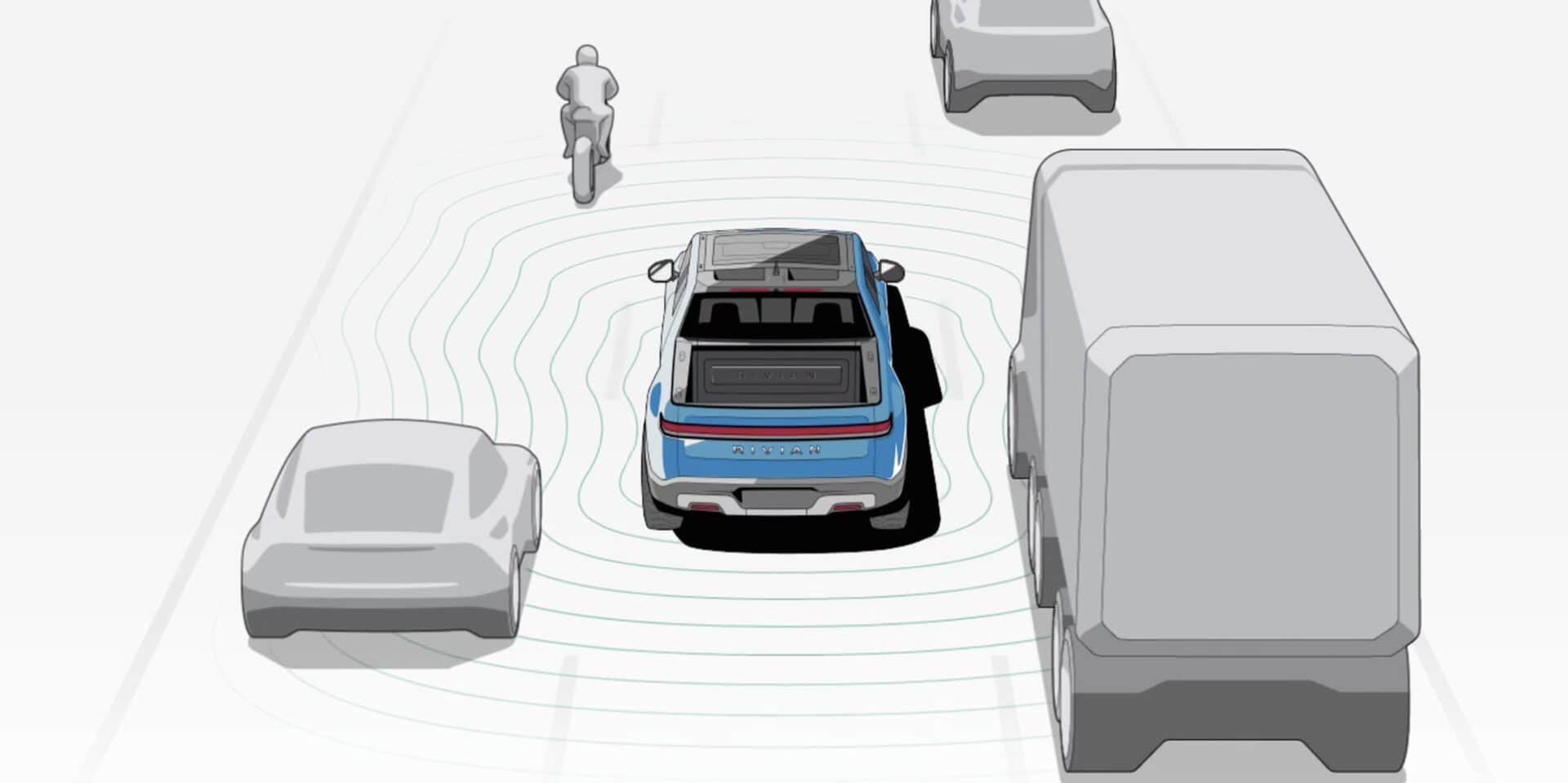Comparing Driver+ and Rivian Autonomy Platform

As the automotive industry rapidly advances towards autonomous driving, Rivian stands out with its innovative technology offerings. Rivian’s Driver+ and Rivian Autonomy Platform represent two generations of their assisted driving and autonomy features. This article delves into the similarities and differences between these two platforms, highlighting how Rivian continues to evolve in its quest for safer and more efficient driving experiences.
Similarities
Both Driver+ and the Rivian Autonomy Platform are designed to support drivers without replacing their attention, judgment, and need to control the vehicle. They come standard with their respective vehicle generations and offer features to enhance driving safety and convenience.
Driving Assist
- Manual Driving Assistance: Both platforms help with manual driving tasks, providing drivers with additional support when needed.
Highway Assist
- Automatic Steering, Braking, and Acceleration: Driver+ and the Rivian Autonomy Platform offer automatic steering, braking, and acceleration on select highways, making long drives less strenuous.
Adaptive Cruise Control
- Speed and Distance Management: Both platforms allow drivers to set their speed and automatically adjust it to maintain an appropriate distance from vehicles in front.
Lane Change Assist
- Assisted Lane Changes: Both systems assist with lane changes on highways, enhancing safety and convenience.
Active Safety Assist
- Collision Warning and Prevention: Both platforms offer collision warnings, alerts, and preventative actions to help mitigate potential accidents.
Lane Safety
- Lane Keep Assist and Lane Departure Warning: Both systems help steer the vehicle back into its lane if it unintentionally drifts and warn the driver if they drift too close to or over lane markers without signaling.
- Blind Spot Warning: Both platforms detect vehicles in the blind spots and warn the driver when they signal to move into an occupied lane.
Light Safety
- Automatic High Beams: Both systems automatically switch the headlights from high to low beams when a vehicle is detected ahead.
Parking and Reverse
- Rear Cross-Traffic Warning: Alerts to approaching traffic from the side when backing up.
- Park Assist: A 360° detection system to sense and alert the driver to objects around the vehicle.
- Trailer Assist: Helps with reverse maneuvers while a trailer is attached.
Collision Mitigation
- Forward Collision Warning: Warns of potential collisions with people and cars ahead.
- Automatic Emergency Braking: Applies the brakes to help mitigate or prevent collisions.
- Dynamic Brake Support: Enhances braking to help mitigate or prevent collisions.
Differences
While both platforms share many core features, there are distinct differences between Driver+ and the Rivian Autonomy Platform, reflecting advancements in technology and capabilities.
Vehicle Generations
- Driver+: Comes standard with Gen 1 (model year 2022–2024) vehicles.
- Rivian Autonomy Platform: Standard on Gen 2 (model year 2025 and onward) vehicles.
Feature Evolution
- Driver+: Some features, such as Lane Change Assist and Trailer Assist, may be introduced through over-the-air software updates following the start of production.
- Rivian Autonomy Platform: Includes a broader set of features at launch, with continuous updates planned to enhance capabilities.
Rivian Autonomy Platform+
- Enhanced Capabilities: Rivian Autonomy Platform+ is a premium version available on Gen 2 vehicles, offering additional features like Lane Change on Command and Enhanced Highway Assist, with expanded road coverage planned for future updates.
- Availability: Rivian Autonomy Platform+ features will initially be available at no charge on Gen 2 vehicles, with continuous improvements and additions through software updates.
